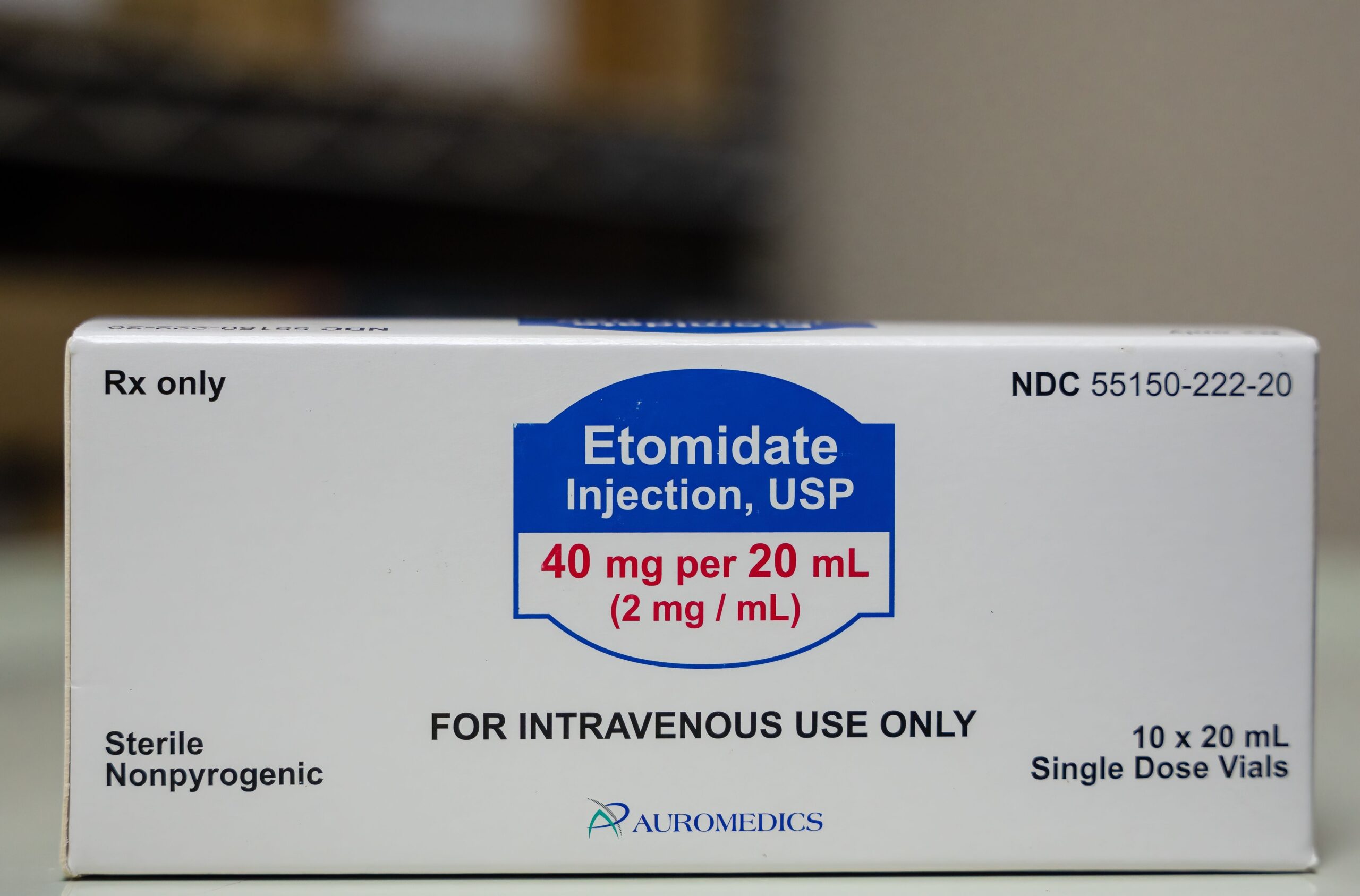A recent pilot study conducted at Chongqing Health Center for Women and Children and Women and Children’s Hospital of Chongqing Medical University (Chongqing, China) introduced a rapid and sensitive liquid chromatography tandem mass spectrometry (LC–MS/MS) platform for simultaneous ultra-microanalysis of remifentanil, etomidate, and rocuronium in 10 µL maternal and umbilical serum samples (1). This study offers analytical biochemists and pharmacokinetic researchers a highly efficient tool to probe perinatal drug transfer. A paper based on this research was published in Scientific Reports (1).
Remifentanil (opioid), etomidate (anesthetic), and rocuronium (muscle relaxant) comprise a regimen favored for cesarean sections, particularly among cardiovascular-compromised pregnancies. Yet, comprehensive data on their transplacental pharmacokinetics remain scant. A key barrier: existing analytical methods demand large sample volumes, are labor-intensive, and often limited to single-anesthetic detection.
Advances in ultra-low-volume LC–MS/MS methods represent an evolution in bioanalysis, particularly for pharmacokinetic studies where sample availability is limited or matrix complexity is high. By enabling simultaneous quantification of multiple analytes from just microliters of biological fluid, such workflows reduce sample preparation demands, minimize matrix effects, and preserve analytical precision across wide dynamic ranges—a persistent challenge in clinical and translational research (2). For perinatal pharmacology, where ethical constraints and physiological factors limit sampling, these techniques provide a means to generate robust, high-throughput datasets that can inform dosing strategies, drug safety profiles, and regulatory evaluations. As instrumentation sensitivity continues to improve, integration of such micro-sampling assays into routine workflows will expand the scope and granularity of bioanalytical insight achievable in both clinical and preclinical domains.
A box of etomidate Injection. © Abinash T/Wirestock Creators- stock.adobe.com
In this study, the research team devised a workflow involving protein precipitation with acetonitrile, followed by multiple-reaction-monitoring LC–MS/MS separation in under four minutes. The assay achieved excellent linearity (R² > 0.99) across all analytes, with lower limits of quantification: approximately 0.15 ng/mL for remifentanil, about 17 ng/mL for etomidate, and around 107 ng/mL for rocuronium. Precision (both intra- and inter-day) remained below 15%, with minimal carry-over under 5%, meeting or surpassing rigorous bioanalytical standards.
A unique technical challenge addressed was the fact that rocuronium concentrations were nearly 4000-fold greater than remifentanil or etomidate, yet the method-maintained sensitivity across this wide dynamic range without oversaturation. This was achieved through optimization of sample preparation and injection parameters.
Applied to 20 matched maternal–neonatal blood pairs, the method quantified distinct concentration gradients: maternal arterial > umbilical vein > umbilical artery for all three drugs. Notable placental transfer rates emerged—remifentanil around 0.52, etomidate approximately 0.75, and rocuronium much lower at about 0.13 (all statistically significant at p < 0.001)—highlighting varied pharmacokinetic profiles. These disparities likely reflect differences in molecular size, lipophilicity, protein binding, and ionization properties. Rocuronium’s high water solubility appears to impede placental passage, whereas remifentanil’s rapid neonatal metabolism and redistribution characteristics are consistent with clinical observations.
This assay sets a practical benchmark for micro-volume, high-throughput pharmacokinetic studies in perinatal research. Although this was a pilot study involving a small cohort and single time-point sampling, it paves the way for longitudinal, large-scale studies to elucidate dynamic drug behavior in mother–fetus pairs and refine anesthetic safety profiles.
References
- Liu, H.; Cai, M.; Peng, Y.; Miao, J.-K.; Yu, J. A Pilot Study on LC–MS/MS Quantification of Remifentanil, Etomidate, and Rocuronium in Maternal and Fetal Serum Microsamples. Sci. Rep. 2025, 15, 25876. https://doi.org/10.1038/s41598-025-09454-5
- Kataoka, H. LCGC North America 2022, 40 (5), 248-259; Jemal, M. J. Chromatogr. B 2020, 1158, 122348
